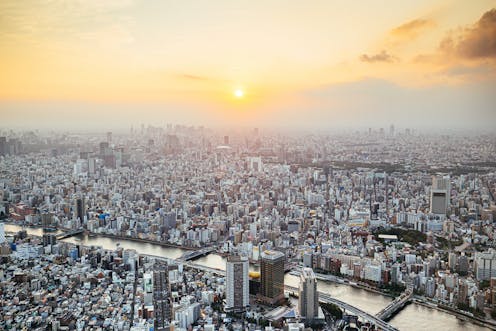
The Japanese government has announced a fresh round of incentives for people to move out of the Tokyo region. From April 2023, families seeking a new life in greener pastures will receive JPY1 million (£6,380), per child. This represents an increase of JPY700,000 on previous such payments.
Once the whole benefits package is included, the maximum amount a family will be able to receive is JPY5 million. 5 million yen might sound like a lot of money. However this translates to £31,900, which will be quickly used up in relocating to a new home, job and community, and reduced incomes.
The main purpose of the scheme is to contribute both to easing overcrowding in the Tokyo region and revitalising more rural and remote areas of Japan with an injection of youth and entrepreneurialism.
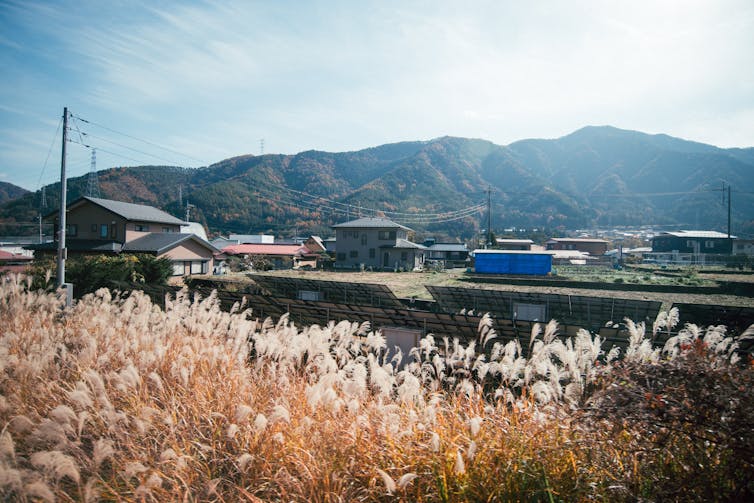
It is significant that this new scheme was announced in December, ahead of the new year holidays when many urban dwellers return to their rural roots, and conversations inevitably turn to what the future holds.
Even more significant is the fact that this is not the first time the government has launched such a scheme. In fact, successive Japanese administrations have tried – and largely failed – to stabilise rural prefectures’ populations and reduce urban overcrowding for 70 years.
Attempts at counterurbanisation
The scheme concerns residents from the 23 wards of Tokyo proper, as well as commuter cities in neighbouring Chiba, Saitama and Kanagawa prefectures, seeking to move to one of 1,800 provincial municipalities. The government hopes that around 10,000 people annually will take advantage of the offer.
There are conditions, of course. At least one earner in each household must either set up a business in their new locale or take up employment in a small or medium sized enterprise there. And the family must stay for a minimum of five years. Failure to do so may result in having to repay the whole amount.
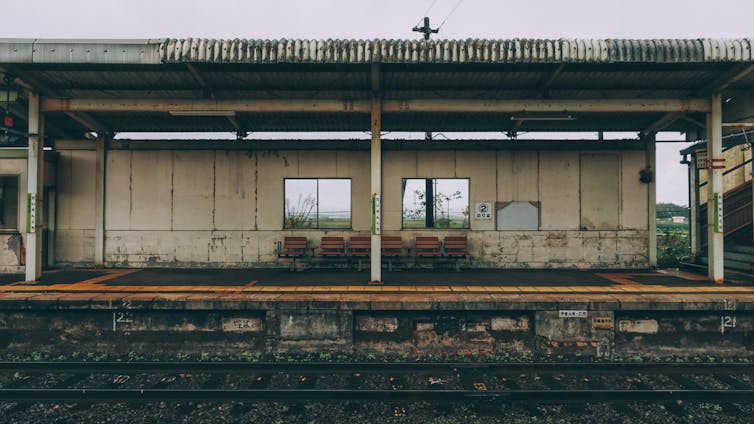
Japan is not the only country where governments pay people to relocate to the countryside. In 2021, Ireland started to move up to 68,000 government workers out of Dublin in its Our Rural Future plan.
Many countries have taken similar advantage of the increased flexibility of remote working the pandemic has stimulated, such as with the so-called “Zoom towns” in rural US. Other examples include Albinen in Switzerland, various Spanish villages and Presicce in Italy, which is offering £30,000 to buy an empty dwelling and take up residency.
There have been a long list of such measures in Japan since world war two. As detailed by German geographer Thomas Feldhoff, starting with the 1953 Remote Island Promotion Act, most of them met with only marginal success.
In the early 1970s, Prime Minister Tanaka Kakuei’s government invested in huge infrastructure development programmes in Japan’s provinces. This was partly in an effort to boost employment and stabilise populations.
Tanaka was so ambitious that he wrote a book about it, Remodelling the Japanese Archipelago, which was published in 1972. And his plan did work for a while. However, it generated enormous environmental damage in the process, with which Japan is still coming to terms.
In the 1980s, the Isson Ippon, or One Village One Product movement, as it is known in English, was launched in Oita prefecture in Kyushu. It provided a gentler alternative, which is still being promoted internationally by the United Nations’ Food and Agriculture Organization, as part of Japan’s overseas development activities.
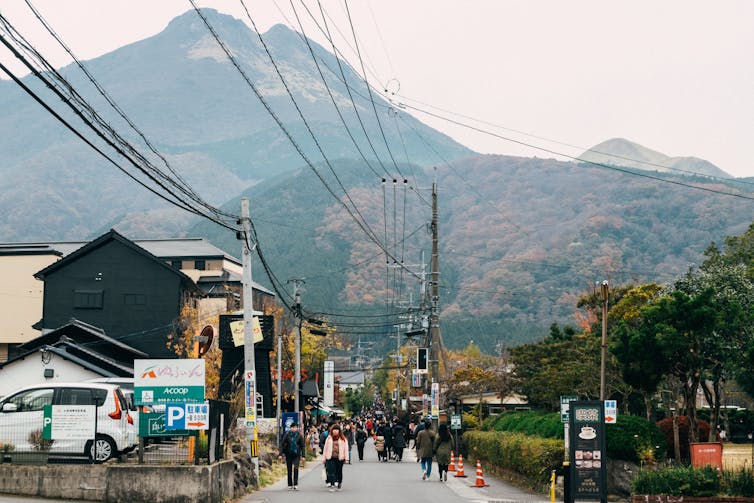
More recently, research I have undertaken with my colleague Yasuyuki Sato has shown how rural municipalities have resigned themselves to ever reducing populations. In an attempt to take control of such futures, they have begun instead to focus on the health, wellbeing and living conditions of those people who remain.
A global concern
Urban sprawl and rural emptying are two sides of the same 21st-century coin, and are global in their extent. In the 19th and 20th centuries, as populations across the world grew exponentially, urbanisation processes didn’t necessarily affect rural regions negatively. Some communities benefited from younger people moving out to seek employment, education, and marriage in nearby cities, as families often had more children than they could adequately support.
In the 21st century, however, as family size has shrunk dramatically nearly everywhere, the so-called demographic dividend – that is, the benefits of a growing population – has come to an end in developed countries.
Japan has led the way in East Asia. In 1974, the Japanese total fertility rate fell below the population replacement rate of 2.1. Demographers would have known then that, should conditions persist, the country would eventually slip into depopulation. Sure enough, conditions did persist, and in 2008 Japan registered its first peacetime population decrease.
Although Tokyo’s population is now 13 million, the Kanto region of which it is the core boasts more than 37 million people – 30% of the whole population of Japan. Elsewhere in the country, hundreds of rural hamlets and villages face imminent extinction.
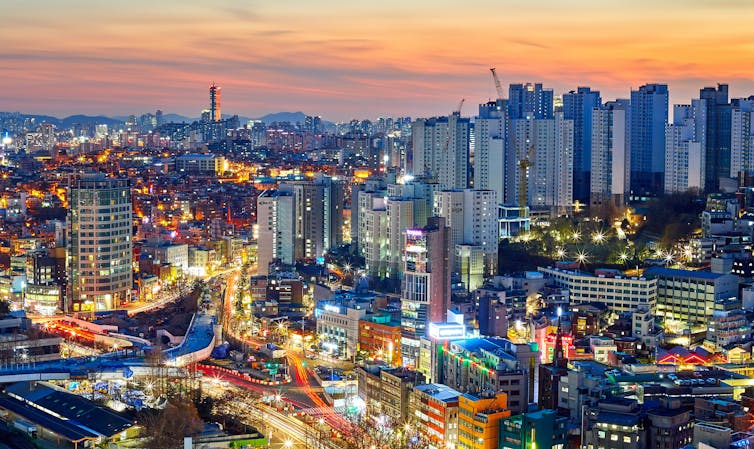
Japan is not unique. Greater Seoul has around 25 million people, nearly half of South Korea’s population in one urban area with the rest spread out across the rest of the country. And in China, the Pearl River delta area, which encompasses Hong Kong, Shenzhen, Macau and Guangzhou, counts 100 million people living within it, while the wider country now boasts 155 cities with more than 1 million population.
Further afield, at 1.7 million, the city of Auckland comprises nearly a third of New Zealand’s population. Only 1.2 million people, by contrast, live in all of the South Island.
The spatial impacts of this demographic transition have been felt most deeply in rural regions of the Asia-Pacific. These grew most rapidly in the 20th century, and now face almost as rapid a depopulation in the 21st. Entire communities are disappearing. Land and housing are being abandoned. Infrastructure is decaying.
As the rest of east and south-east Asia follows in Japan’s footsteps, the archipelago is to some extent a laboratory for devising effective policies for dealing with the socioeconomic and environmental outcomes of depopulation, a phenomenon which will increasingly be felt globally.
In the course of his research on Japanese spatial demography Peter Matanle received funding from the Daiwa Anglo-Japanese Foundation, the Great Britain Sasakawa Foundation, the Economic and Social Research Council, the Arts and Humanities Research Council, and the Japan Society for the Promotion of Science.
This article was originally published on The Conversation. Read the original article.







